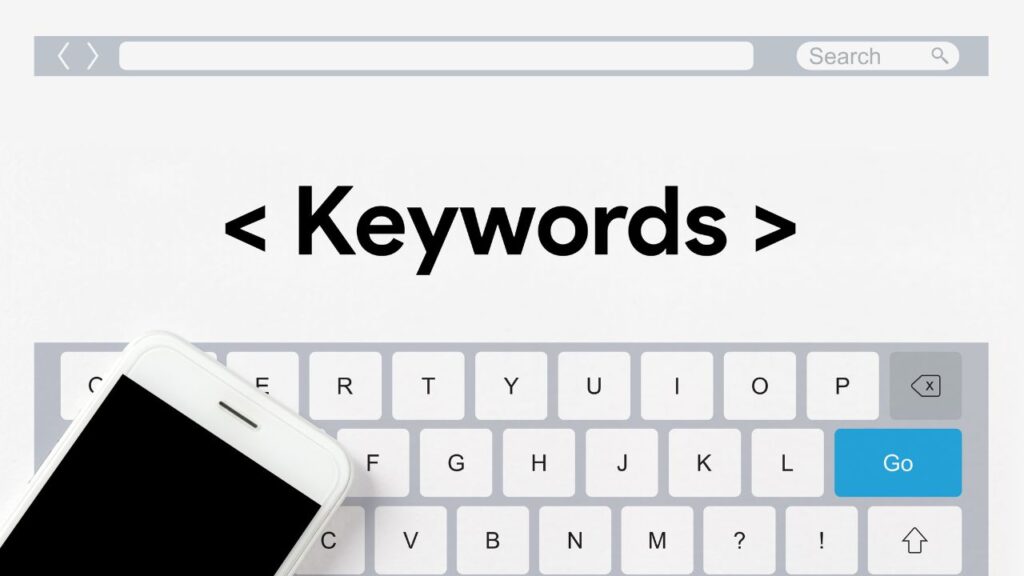In the ever-evolving world of digital content, understanding the differences between keywords, hashtags, tags, and categories is crucial for effective content creation and distribution. Each of these elements plays a unique role in how content is discovered, organized, and engaged with by audiences. Here’s a breakdown of what each term means and how to use them effectively.
Keywords
Keywords are specific words or phrases that capture the essence of your content. They are used primarily in SEO (Search Engine Optimization) to help search engines understand the topic of your content and match it with relevant search queries. By incorporating the right keywords into your content, you can improve your visibility in search engine results pages (SERPs).
Examples of Keywords in Digital Content:
- For a blog about healthy eating, keywords might include “balanced diet,” “nutrition tips,” and “healthy recipes.”
- For an e-commerce site selling shoes, relevant keywords could be “comfortable running shoes,” “leather boots,” and “affordable sneakers.”
Best Practices for Using Keywords:
- Perform keyword research to identify high-traffic terms relevant to your content.
- Naturally incorporate keywords into your content, including in titles, headings, and meta descriptions.
- Avoid keyword stuffing, which can harm your SEO performance.

Hashtags
Hashtags are a way to categorize content on social media platforms. By adding a hashtag (preceded by the # symbol) to a post, you can make it discoverable to anyone searching for that specific hashtag. This helps increase the visibility and reach of your content to a broader audience interested in similar topics.
Examples of Hashtags:
- #HealthyEating
- #TechTrends
- #TravelGoals
Best Practices for Using Hashtags:
Use relevant and trending hashtags to reach a wider audience.
- Limit the number of hashtags to avoid clutter (typically 3-5 per post).
- Create unique hashtags for campaigns or events to encourage user-generated content.

Tags
Tags are used to describe specific details or topics covered in a piece of content, such as a blog post or video. They are often more specific than keywords and help in organizing content within a website or platform, making it easier for users to find related content.
Examples of Tags:
- In a blog post about digital marketing, tags could include “SEO,” “social media,” and “email marketing.”
- For a video about baking cookies, tags might be “chocolate chip cookies,” “baking tips,” “dessert recipes.”
Best Practices for Using Tags:
- Use specific tags that accurately describe the content.
- Avoid using too many tags, which can dilute their effectiveness.
- Regularly update tags to reflect current trends and topics.
Categories
Categories are broad groupings used to organize content on a website or blog. They help structure your content into hierarchical sections, making it easier for visitors to navigate and find information.

Examples of Categories:
- On a tech blog, categories might include “Gadgets,” “Software Reviews,” “Industry News.”
- On a food blog, categories could be “Recipes,” “Restaurant Reviews,” “Cooking Tips.”
Best Practices for Using Categories:
- Create a clear and logical category structure.
- Assign each piece of content to the most relevant category.
- Keep the number of categories manageable to avoid overwhelming visitors.
Differences Between Keywords, Hashtags, Tags, and Categories:
Understanding the differences between keywords, hashtags, tags, and categories is essential for optimizing your digital content strategy. Keywords are primarily used for SEO to attract search engine traffic. Hashtags increase the visibility of social media posts by connecting them to broader conversations. Tags help in the detailed categorization of content within a website, while categories provide a broad structure to organize and navigate content.
How to Use Keywords in Content
Using keywords effectively involves identifying high-traffic terms relevant to your topic and integrating them naturally into your content. This includes placing keywords in titles, headers, and meta descriptions. Avoid overloading your content with keywords (known as keyword stuffing), which can negatively impact your SEO.

Effective Use of Hashtags on Social Media
To maximize the reach of your social media posts, use relevant and trending hashtags. This can help your content be discovered by users interested in similar topics. Limit the number of hashtags to maintain clarity and encourage user engagement by creating unique hashtags for specific campaigns or events.
Organise Content with Tags
Tags should be specific and accurately describe the content. They help users find related posts and improve the internal search functionality of your website. Keep your tags updated to reflect current trends and ensure they remain relevant to your audience.
Create Categories for a Blog
Categories should provide a clear and logical structure to help visitors navigate your blog. Assign content to the most relevant category and avoid creating too many categories, which can overwhelm users. A well-organized category structure improves the user experience and helps retain visitors on your site.
Understanding and effectively using keywords, hashtags, tags, and categories can significantly enhance your digital content strategy. By optimizing your content for search engines, improving social media engagement, and organizing your website, you can reach a broader audience and achieve your content goals.


